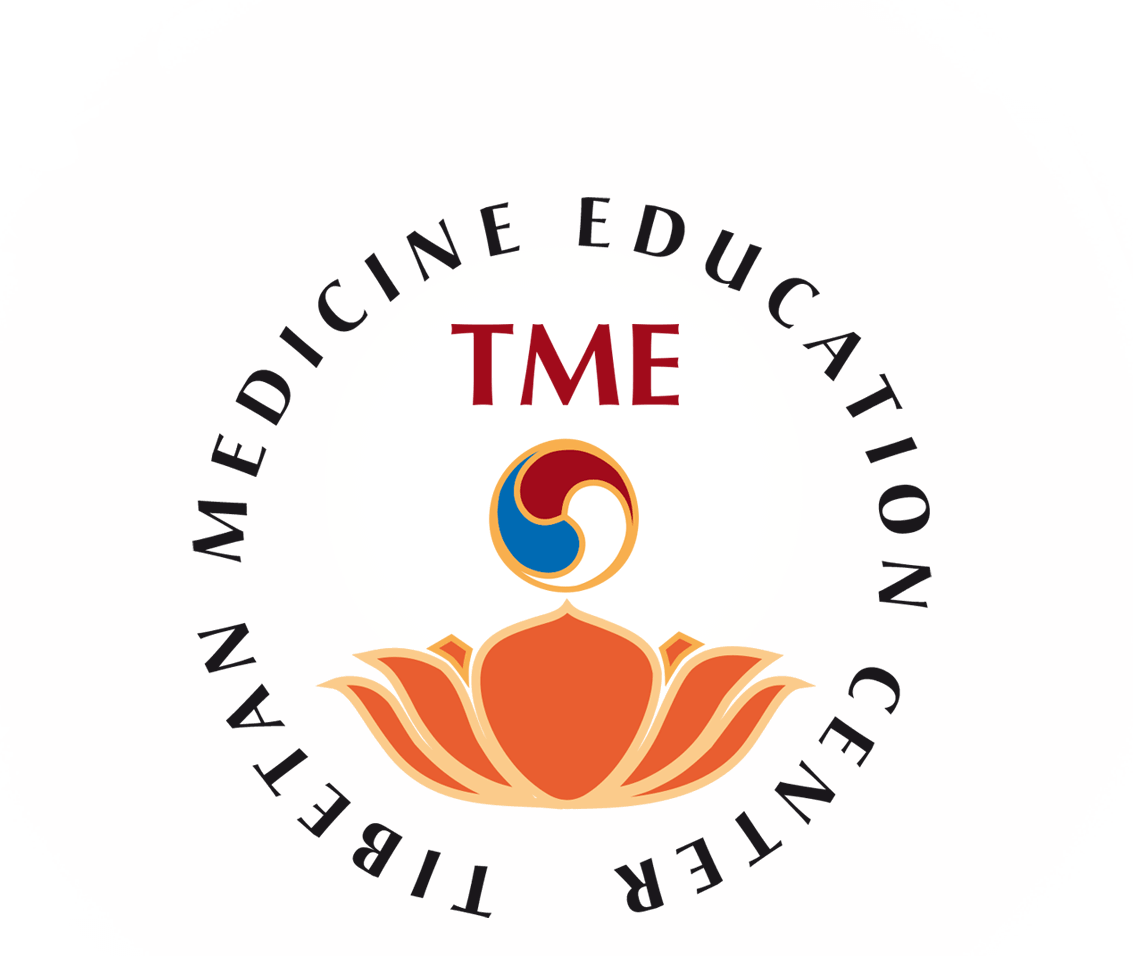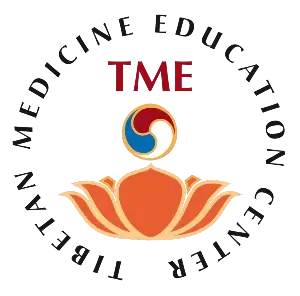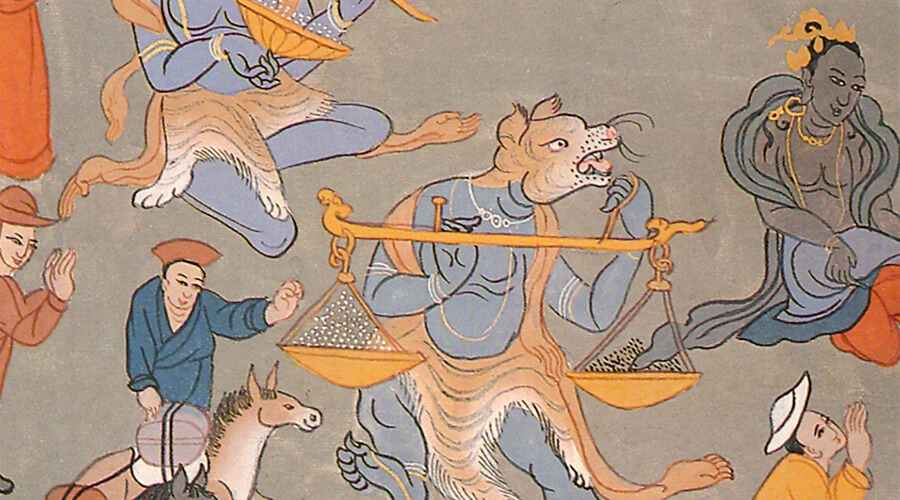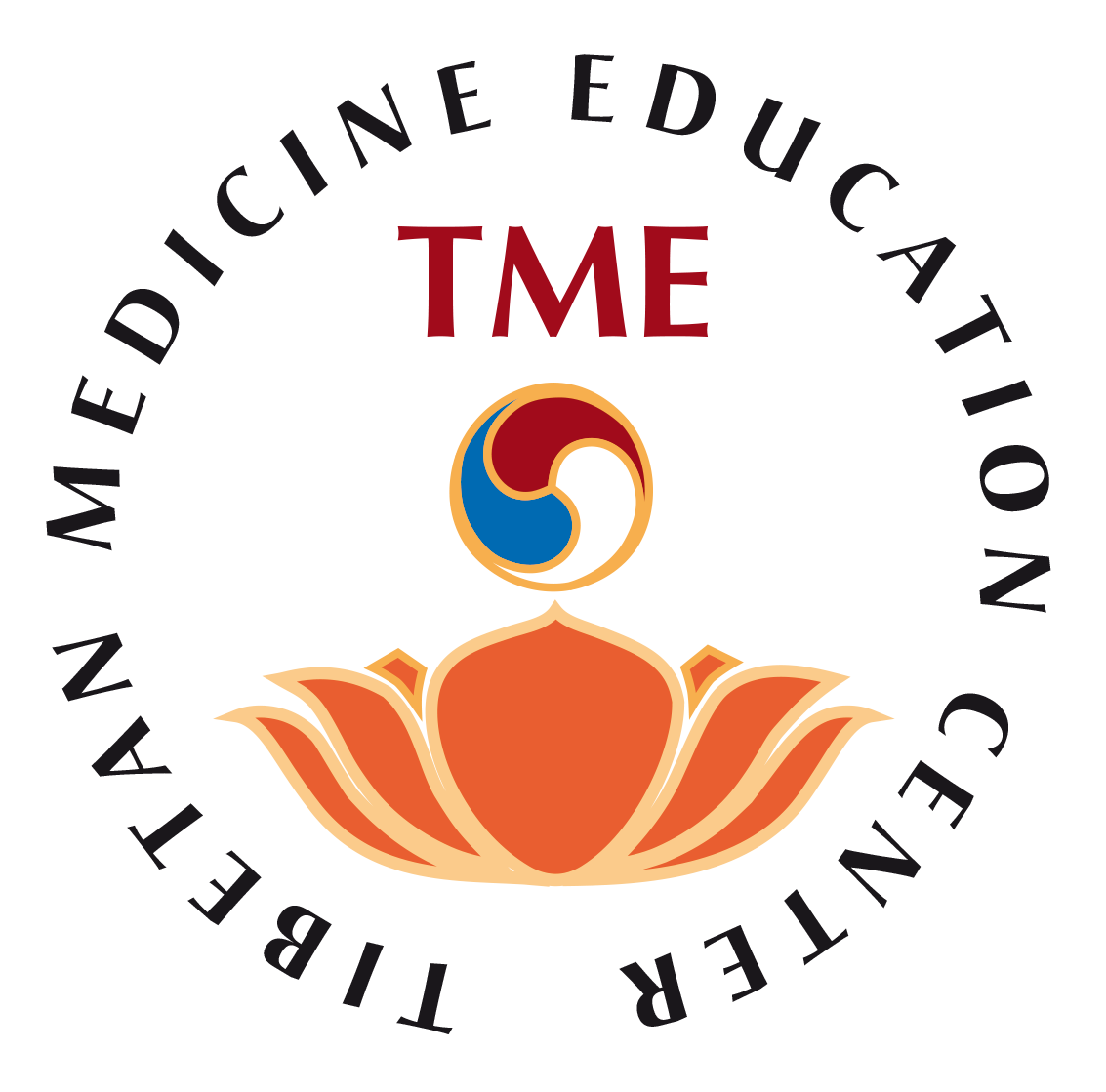Dream and Bardo
Dream and Bardo
Tibetan Dream practice
The analysis of dreams and their interpretation have been used in Tibet since ancient time. Tibetan Bon faith healers used dreams to read the relationship between the spirits and humans, and diagnose diseases.
Dream and Bardo
The importance of dreams in Tibetan Medicine
DREAM. Such a small word, and yet so worthy of attention. Throughout the world, whether in the East, the West, or elsewhere, people have always wondered about dreams; what they are made of, and what they represent – visions, premonitions, superstitions, revelations, images of the past lives. What is their meaning, how do they work? Why do people actually dream?
Dream and Bardo
Dream interpretation and practice
The Tibetan dream interpretation is particular. It is mixed with cultural beliefs, which is a background of the psychology, and is firmly influenced by Buddhist philosophy of mind and phenomena.
Dream and Bardo
Dream Yoga – Part 1
Generally dream is an interesting subject in both East and West. People try to interpret them in different ways, some through superstitions and some others try to read the dreams in a psychological way. Therefore dreams are found to be positive in one culture and negative in another.
Dream and Bardo
Dream Yoga – Part 2
Disease dream or obstacles may appear at any time, but the Gyud-shi (rgyud bzhi), the Four medical Tantras specifically mentions two times: after mid night and in early morning.
Dream and Bardo
Bardo, Death and Dying
Bardo refers here to the mind in the intermediate state after death or when the consciousness is separated from the previous body. It is the state between the past life and the next coming life. The mind born in Bardo gets a mental dream-like body, which can leave and reach anyplace any time without any obstacles.








